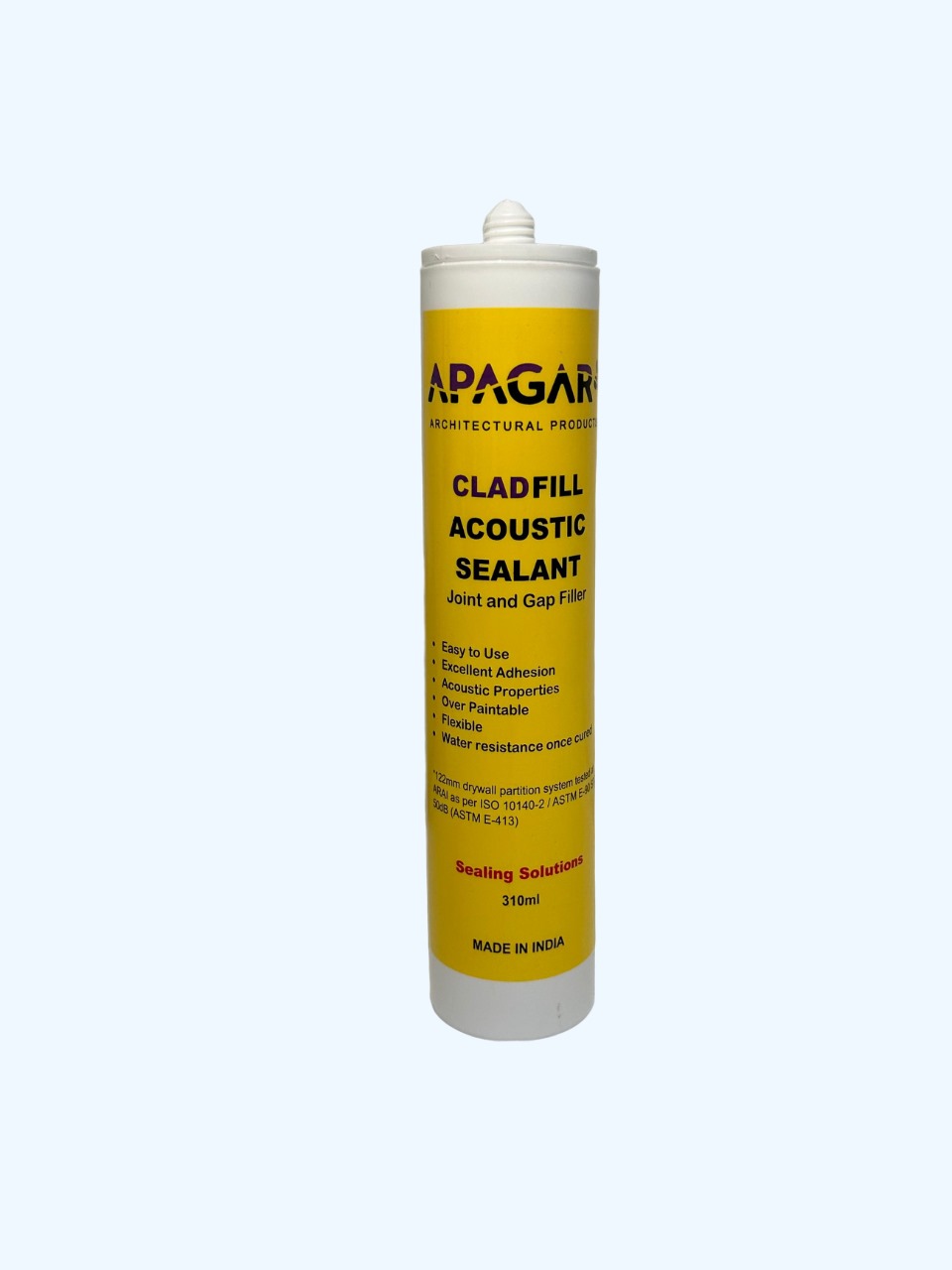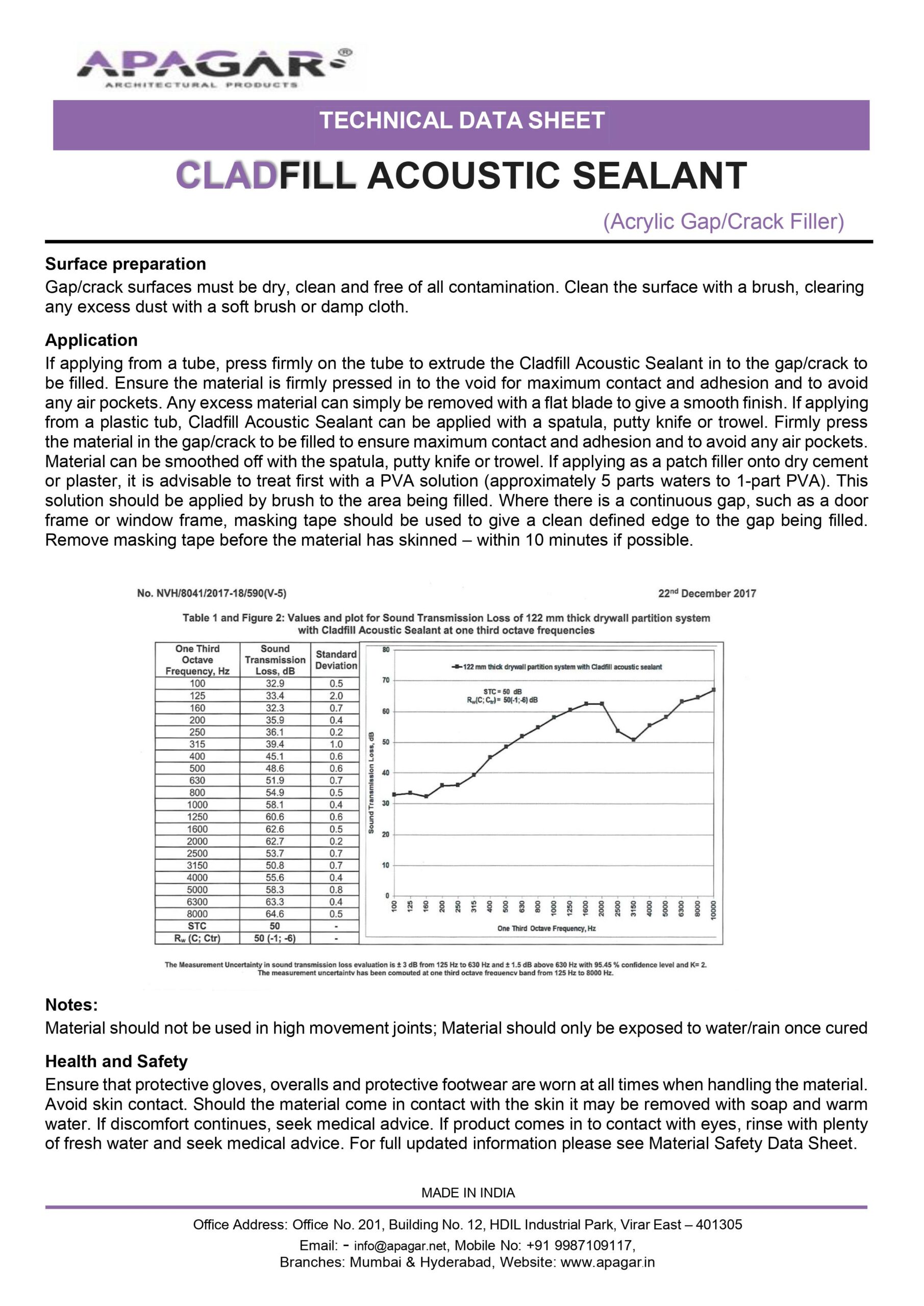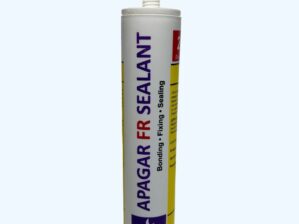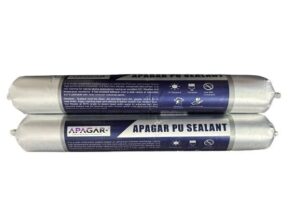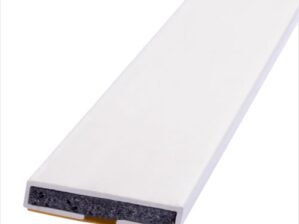APAGAR CLADFILL ACOUSTIC SEALANT
CLADFILL Acoustic Sealant is a high quality, water based, co-polymer acrylic with acoustic properties. It is specifically
formulated to seal low movement joints, gaps and cracks. Cladfill Acoustic Sealant will adhere to most common
building materials such as plaster, concrete, wood, metal etc. without the need for any priming.
Typical applications include
● Sealing joints around internal door frames, windowsills, skirting boards.
● Sealing gaps around the internal frames of windows
● Sealing cracks in internal and external plaster work before painting
● General gap, joint filler for internal applications in gypsum walls and ceilings
● General sealing of internal fixtures and fittings
CLADFILL Acoustic Sealant Benefits
● One-part, easy to use
● Adhesion to most common building substrates
● Acoustic Properties – STC 50bB, ASTM E-413 – 122mm thick drywall partition system
● Non-sagging
● Can be over painted
● Suitable for use on hairline cracks
● Flexible
● Water resistant once cured
For more Details please download:Technical Data Sheet
CLADFILL Acoustic Sealant Technical Data
● Chemical Basis Acrylic
● Appearance White Thixotropic Paste
● Cure Mechanism Water Evaporation
● Tack free time at 23°C and 50% r.h. ≈ 15 minutes
● Initial setting time 4-6 hours
● Full Cure 48 Hours
● Paintability Can be over painted
● Movement +/-12.5%
● Acoustic Properties STC 50bB, ASTM E-413 (122mm thick drywall partition
system) ARAI Test report No: NVH/8041/2017-18/590(V-5)
● UV Resistance Good
● Application Temperature +5°C - +40°C
● Service Temperature Range -10°C - +80°C
Color White Packaging 310ml Cartridge and 1kg Plastic Tub
Storage Store in cool / well-ventilated areas Shelf Life 12 Months stored correctly
Surface preparation
Gap/crack surfaces must be dry, clean and free of all contamination. Clean the surface with a brush, clearing
any excess dust with a soft brush or damp cloth.
Application
If applying from a tube, press firmly on the tube to extrude the Cladfill Acoustic Sealant in to the gap/crack to
be filled. Ensure the material is firmly pressed in to the void for maximum contact and adhesion and to avoid
any air pockets. Any excess material can simply be removed with a flat blade to give a smooth finish. If applying
from a plastic tub, Cladfill Acoustic Sealant can be applied with a spatula, putty knife or trowel. Firmly press
the material in the gap/crack to be filled to ensure maximum contact and adhesion and to avoid any air pockets.
Material can be smoothed off with the spatula, putty knife or trowel. If applying as a patch filler onto dry cement
or plaster, it is advisable to treat first with a PVA solution (approximately 5 parts waters to 1-part PVA). This
solution should be applied by brush to the area being filled. Where there is a continuous gap, such as a door
frame or window frame, masking tape should be used to give a clean defined edge to the gap being filled.
Remove masking tape before the material has skinned – within 10 minutes if possible.
Notes:
Material should not be used in high movement joints; Material should only be exposed to water/rain once cured
Health and Safety
Ensure that protective gloves, overalls and protective footwear are worn at all times when handling the material.
Avoid skin contact. Should the material come in contact with the skin it may be removed with soap and warm
water. If discomfort continues, seek medical advice. If product comes in to contact with eyes, rinse with plenty
of fresh water and seek medical advice. For full updated information please see Material Safety Data Sheet.

